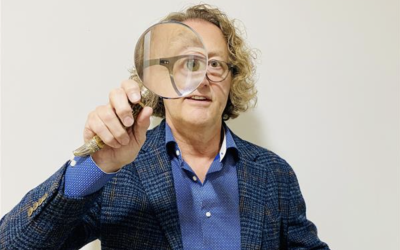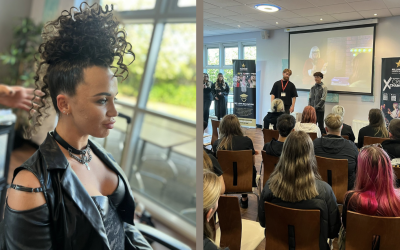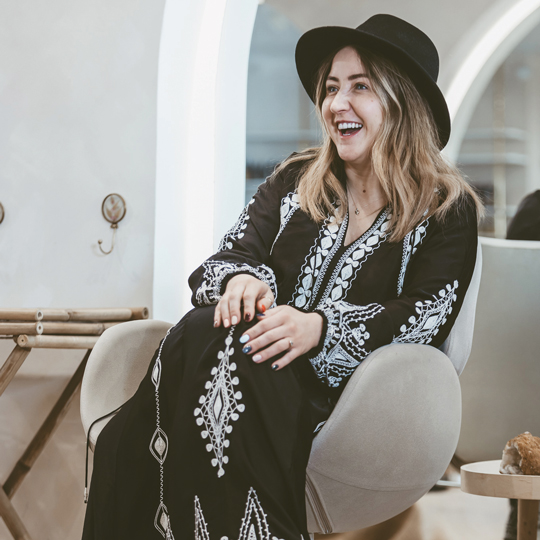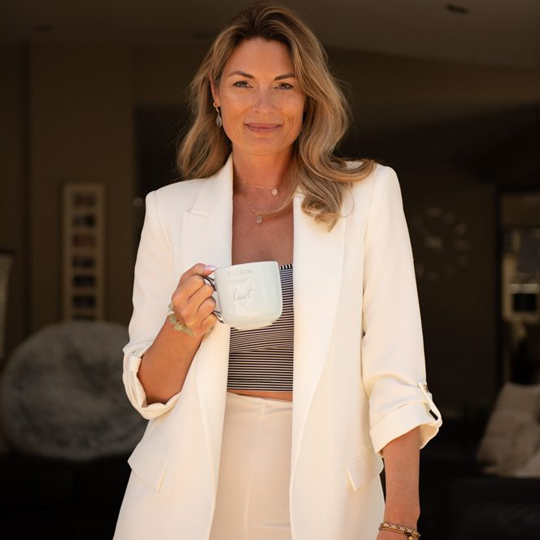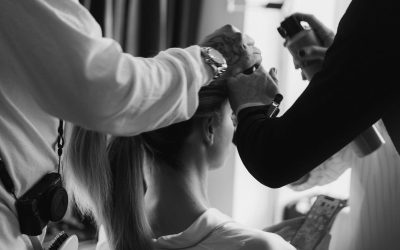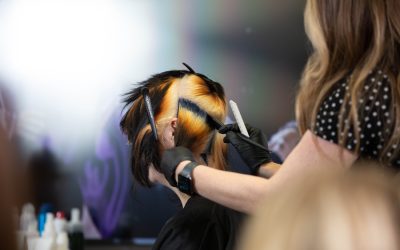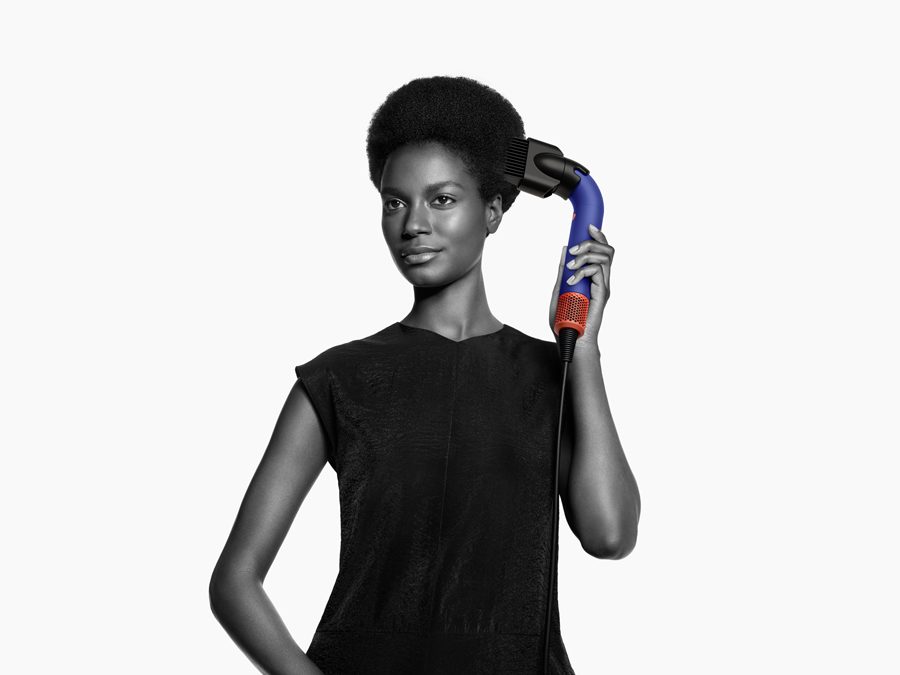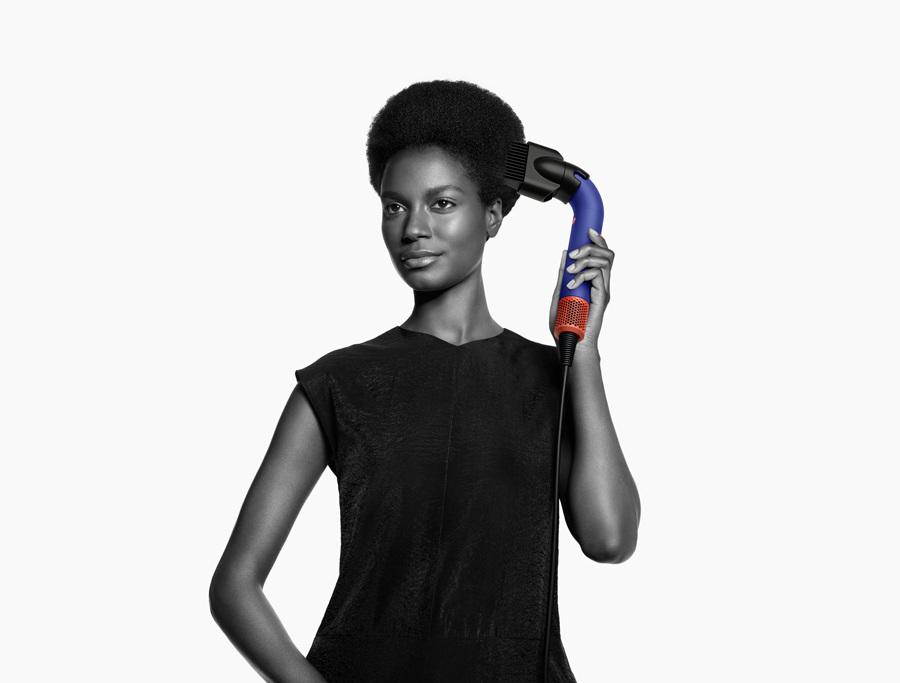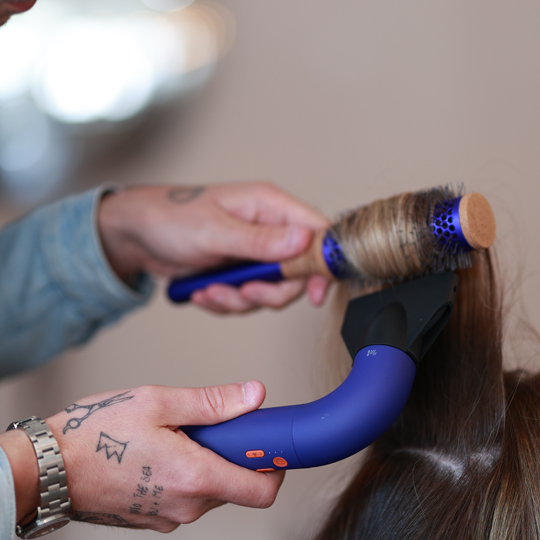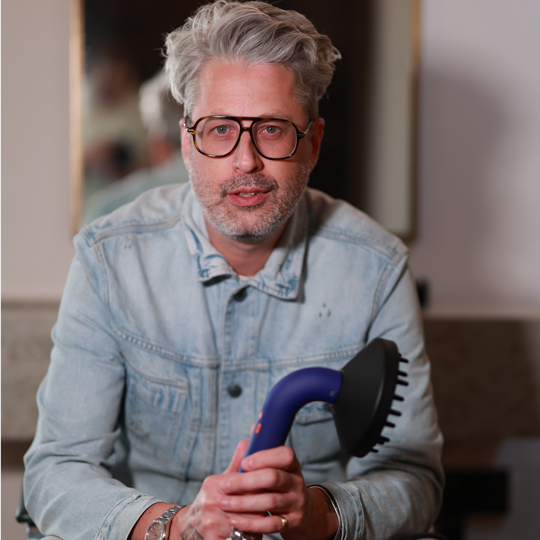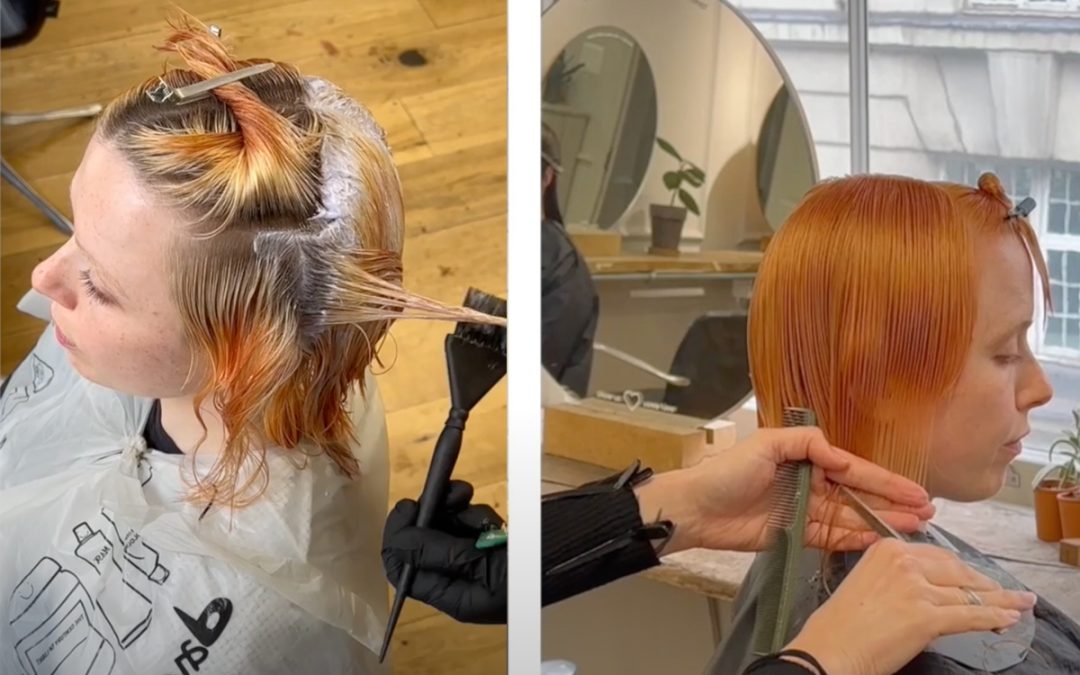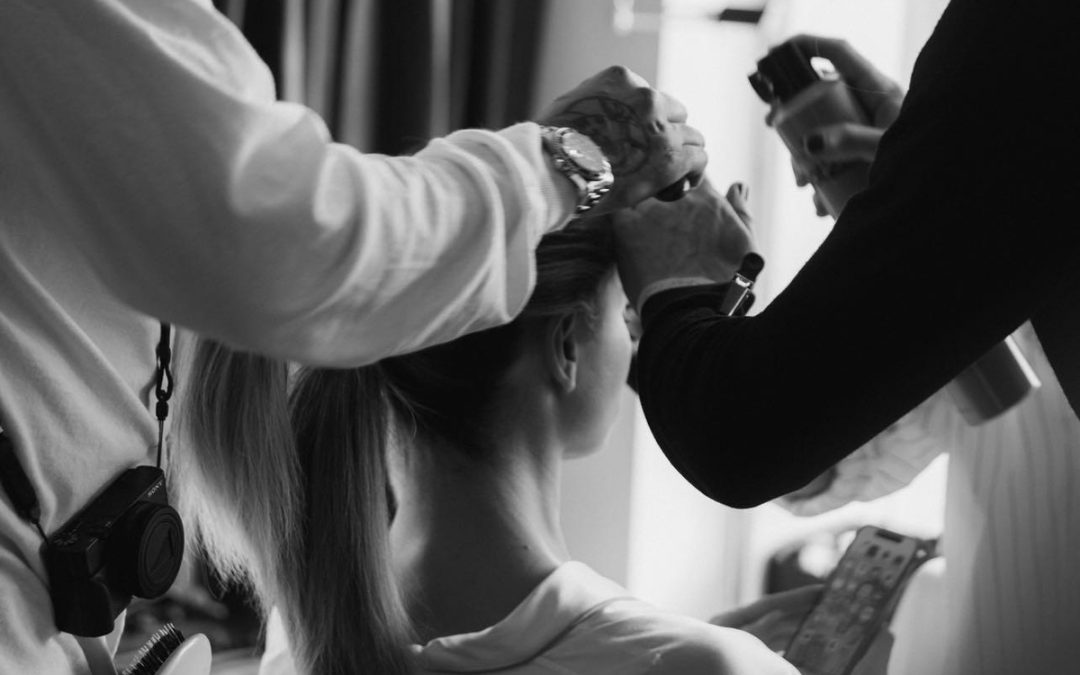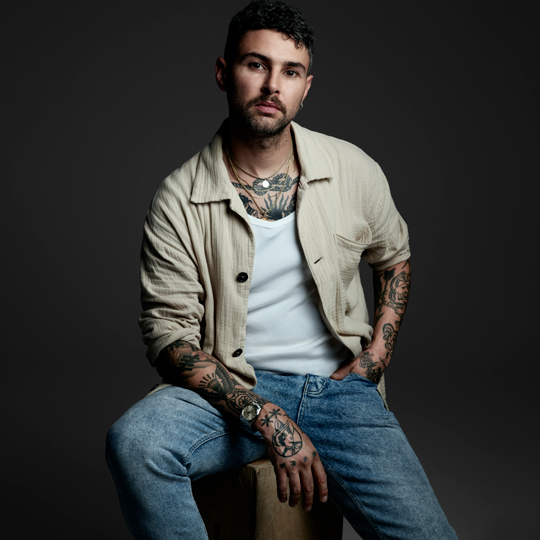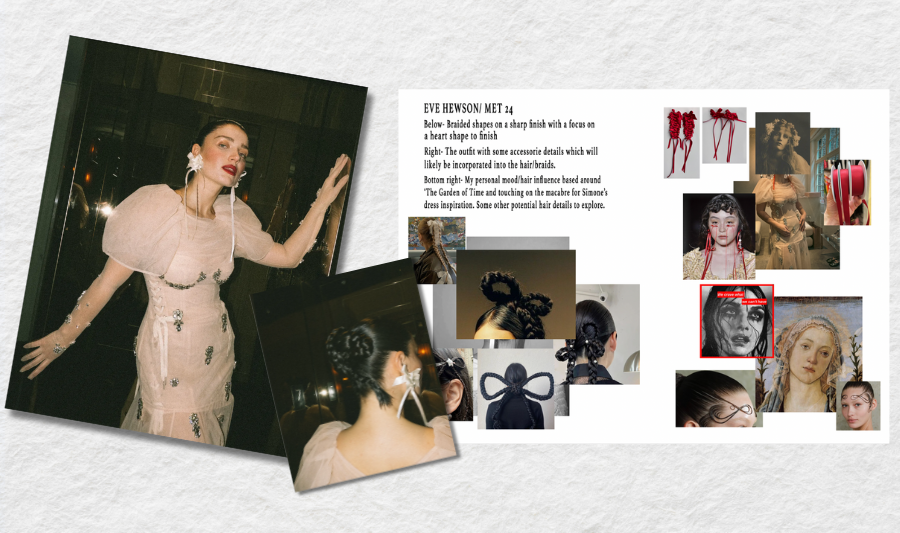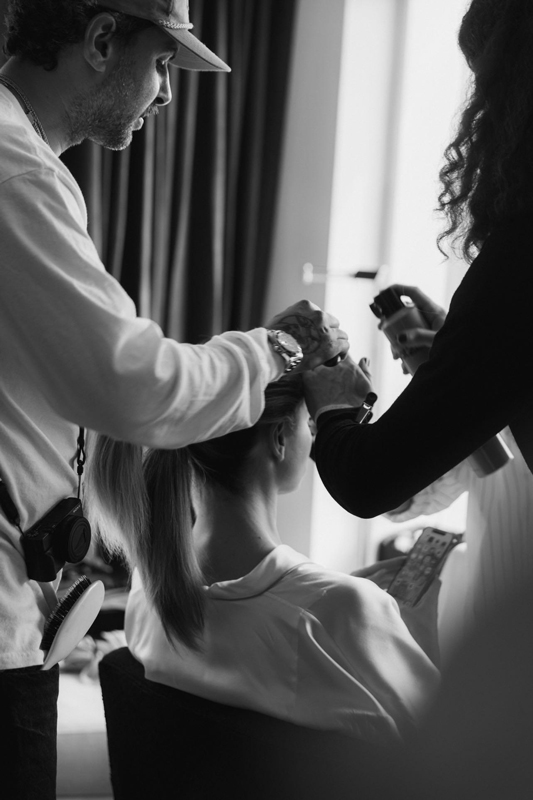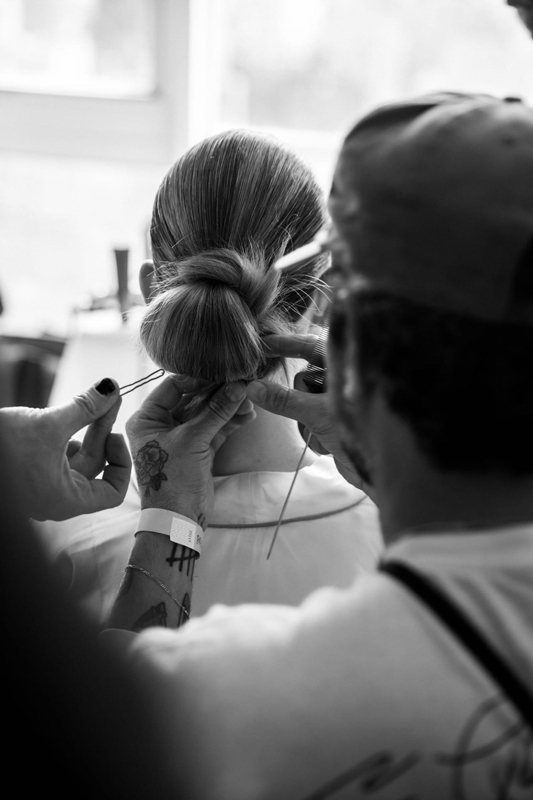Trichologist Mark Blake shares the lesser-known facts that could help you deliver a better scalp service to your clientele.
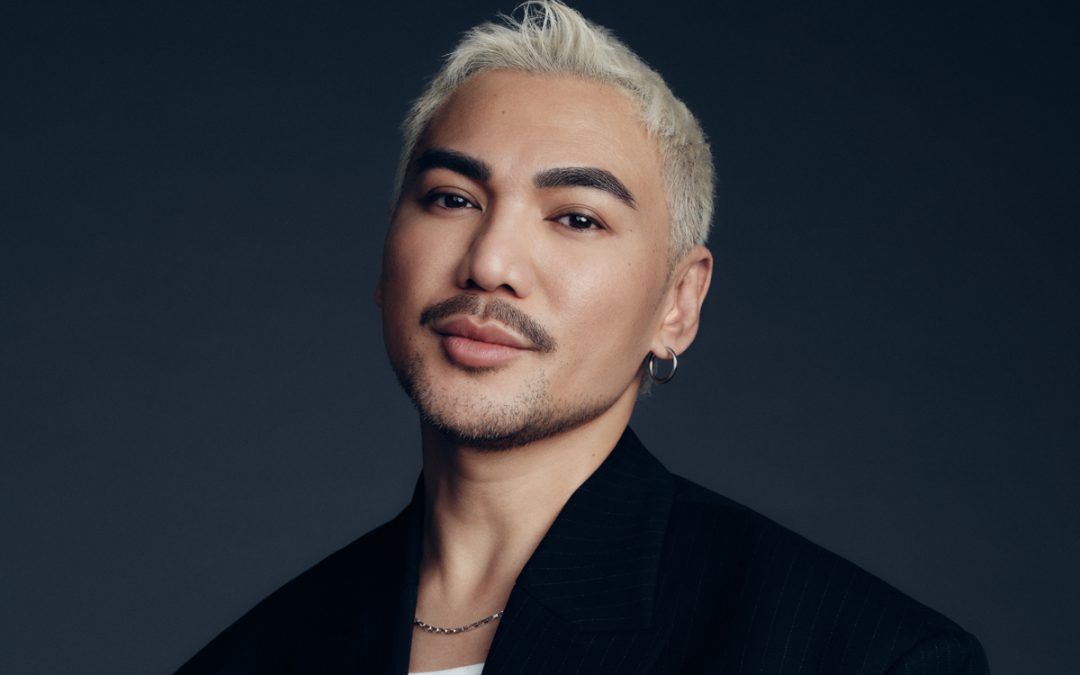
Who is Sebastian Professional’s New Global Ambassador?
Who is Sebastian Professional’s New Global Ambassador?
Lady Gaga’s hairdresser takes on new global creative & culture director role.
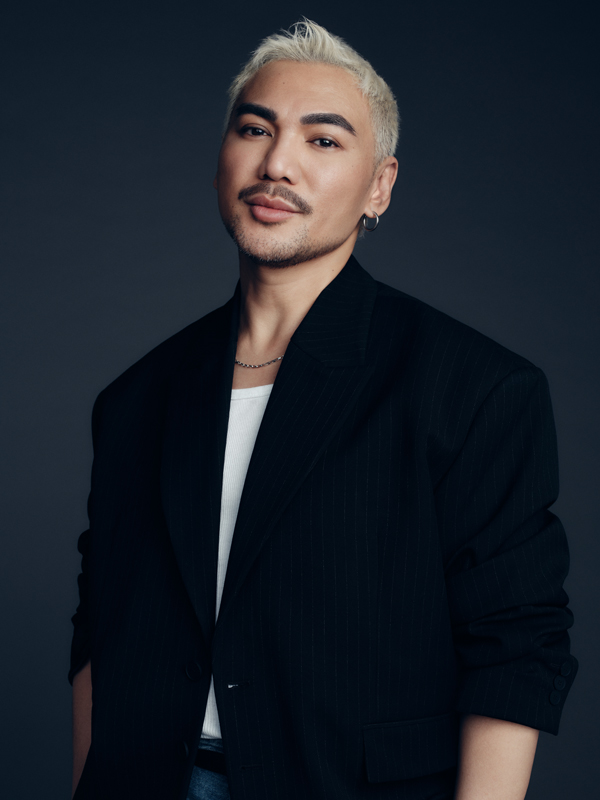
Frederic Aspiras
Lady Gaga’s stylist, the Oscar-nominated Frederic Aspiras, is looking to “foster an inclusive space that celebrates individuality and creativity” in a new global role with iconic hair brand Sebastian Professional.
He’s the new global creative & culture director, and will have an eye on merging talent and “sparking a global movement of self-expression” through hair and culture.
Across a two-decade career, Aspiras has become known as something of a visionary trailblazer in the world of hairdressing, particularly through his wig making and his long working relationship with Lady Gaga. Since 2009, he’s formed part of her Haus of Gaga styling collective, working on red carpet styles, stage looks and even film work as she broadens her career in movies. In 2022, he was nominated for an Academy Award in the
category Best Make-up and Hairstyling for the film House of Gucci.
The appointment is another reason for Sebastian Professional to celebrate, having marked its 50th anniversary celebration last year.
Related
The Hair & Scalp Tips You’ve Never Heard Before
Fellowship Reveals Latest Centre Of Excellence
New partnership offers fifth space in UK
L’Oréal Joins Fight Against Cyber-Crime
Company named as ambassador for national centre to help SMEs such as salons

